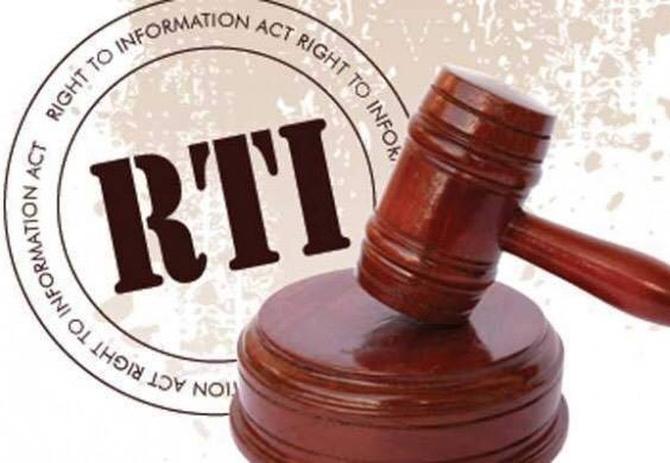The Delhi high court said on Friday the purpose of Right to Information (RTI) Act is to bring in transparency, and if any information has been sought, it should be made public unless exempted from disclosure under the law.

The high court said questioning the motive behind seeking information is not there under the Act.
The high court made the observations while hearing a plea seeking details of Aarogya Setu mobile application which was launched on April 2, 2020 by the central government in the wake of Covid outbreak.
”The RTI Act only says if there is information, it should be made public unless it is protected by any of clauses under section 8 (exemption from disclosure of information) of the RTI Act. Otherwise any person or citizen of this country is entitled to get the information.
”The question mark about the motive, etc, is not there under the Act. So when the information has to be given otherwise, the legislation has to be amended to say that the motive can be questioned. Because the purpose of the Act is to bring in transparency,” Justice Subramonium Prasad said.
The high court made the remarks when the counsel for the Centre sought to question the motive and agenda of the petitioner in seeking the information.
Petitioner and RTI activist Saurav Das has also challenged the Central Information Commission's (CIC) November 24, 2020, order discharging show cause notices against MEITY officers without hearing the complainant.
Das, who is also a journalist, has sought setting aside the final order passed by the CIC on November 24, 2020 dropping penal proceedings against the Central Public Information Officers (CPIOs) of various agencies for obstructing access to public records relating to the Aarogya Setu app under the RTI Act.
During the hearing, advocate Rahul Sharma, representing the Ministry of Electronics and Information Technology (MEITY) and various CPIOs of its departments, said whatever information they have, has already been provided to the petitioner and they do not have any other information available with them.
He said since the pandemic was going on at that time, no written notes were prepared and everything was done through video conferencing.
Responding to this, the judge said, "Everything is in the air is hard to digest.”
The high court directed the Centre's counsel to file an affidavit that there are no file notings and all the departments which are involved in the process were informed orally.
”The counsel for the respondents are directed to file an affidavit regarding file notings relating to the app, whether there were any written communications with the private people involved in the making and development of the app, whether any written communications received from contributors or advisors, whether any written responses were given to the app, whether any files were prepared having written notes etc. or all these things happened only orally through video conferencing,” the high court said.
It said the specific affidavit be filed within four weeks and listed the matter for further hearing on November 2.
The high court had on January 19, 2021, issued notices and sought responses of the ministry of electronics and information technology (MEITY) and Central Public Information Officers (CPIO) of the ministry, National E-Governance Division (NeGD), department of electronics and eGov and National Informatics Centre.
The journalist had filed multiple RTI applications seeking details pertaining to creation of the government's contract tracing app Aarogya Setu. When he did not receive any reply, he approached the CIC with his grievances.
In October 2020, he was told by the authorities that the information relating to Aarogya Setu was not held by their respective departments and the CIC had then issued show cause notice to the CPIOs after hearing the petitioner's submissions as to why penalty under the RTI Act should not be imposed on them for not adequately answering the RTI application.
The RTI application has sought several details regarding the making of the government's contact tracing app Aarogya Setu and the people behind it.










